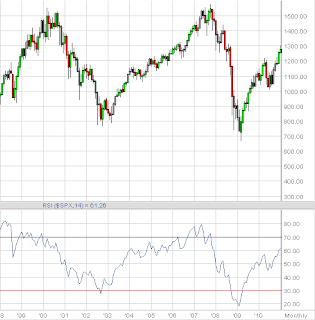Nifty Futures - February Contract
Swing : DOWN
SAR : 5700
Low risk entry : 5580
Target : 5420
http://financeandtradingmadeeasy.blogspot.com/
Bank Nifty Futures - February Contract
Swing : DOWN
SAR :10950
Low risk entry : 10700
Target :10420
 |
| USD INR |
 |
| Nifty |
 |
| S&P 500 |
How To Become A Stock Trader - 6 Stages Of Development As A Share Market Trader, Trading For A Living – A Practical idea?,How to use the market calls table, Simple Money Management Rules For Online Stock Trading, Buy Only and Sell Only Watch List, How do I calculate Stop and Reverse (SAR) Level ?, How to avoid whipsaws in trading, Inspirational Quotes - For Good And Bad Times, Elliott wave pattern - Impulse (IM), Internal structure, Rules and Guidelines, Diagonal [Leading (LD) and Ending (ED)],Zigzag (ZZ), Double Zigzag (DZ), Triple Zigzag (TZ), Flat (FL), Double Sideways (D3), Triple Sideways (T3), Triangle [Contracting (CT) and Expanding (ET)], Download - Elliott Wave Calculator,Free online Black Scholes option value and option greeks calculator,Free Download - Position Sizing Calculator For Stocks, Commodity And Forex Trading Using Microsoft Excel, Stock screener based on comparative relative strength indicator method, How to filter stock's information, to get the data for your portfolio scrips, Calculating Compound Annual Growth Rate (CAGR) for investment, Stock Scan setup using Narrow Range Seven (NR7) Strategy, Average True Range (ATR) Indicator Calculator Excel Sheet, Pivot Point, Support and Resistance Calculator for Intraday Trading, Relative Strength Index (RSI), Fibonacci Extension, Fibonacci Retracement, Compounding Calculator, Simple and Exponential moving average in Excel, DJIA Today [FREE DOW FUTURES LIVE CHART] Price Rate